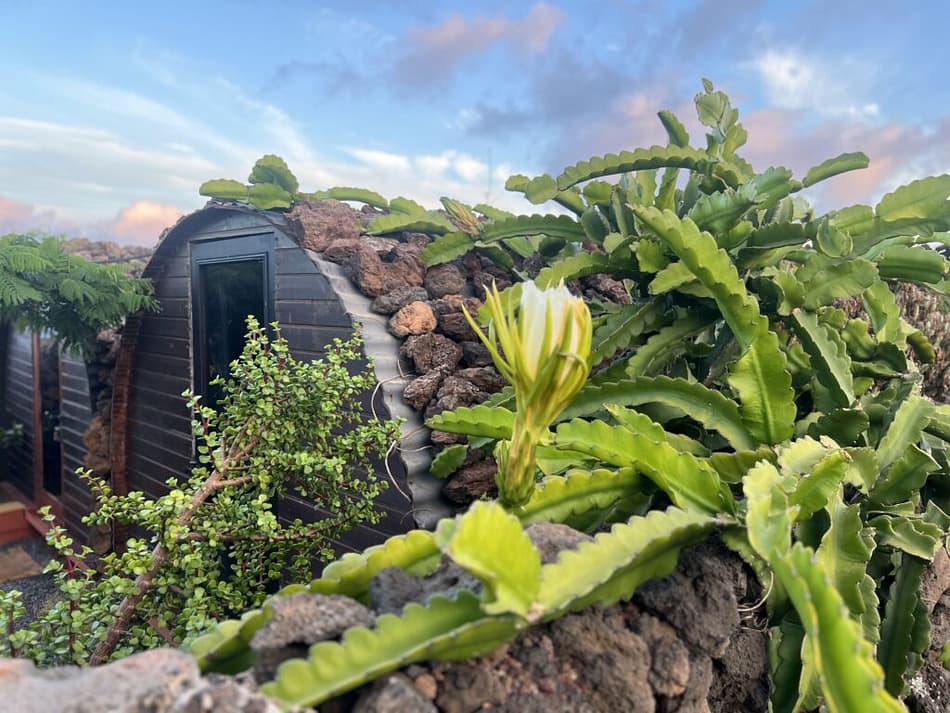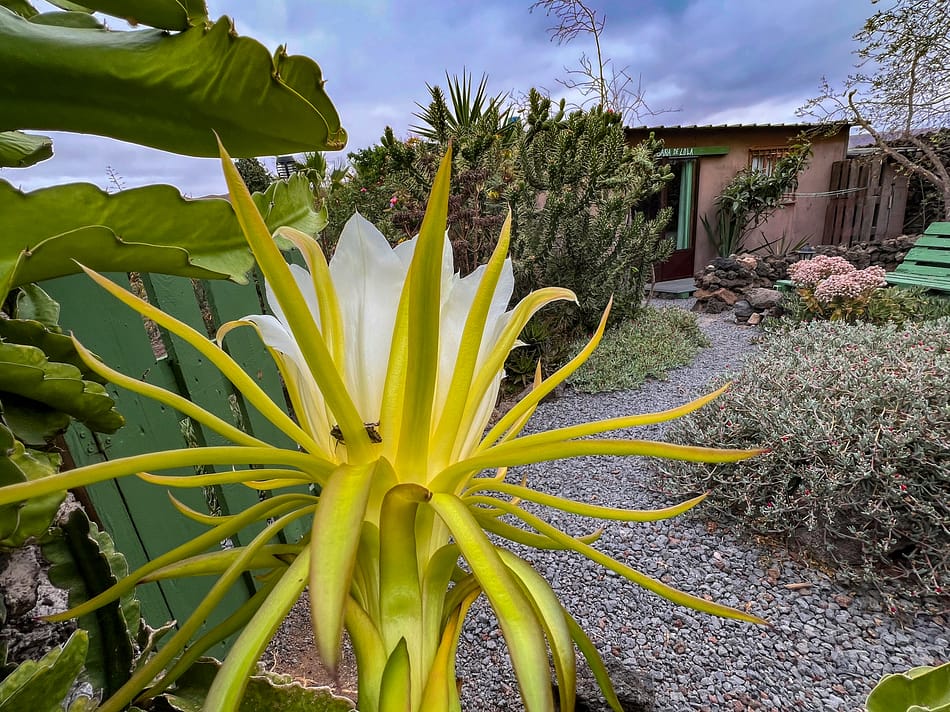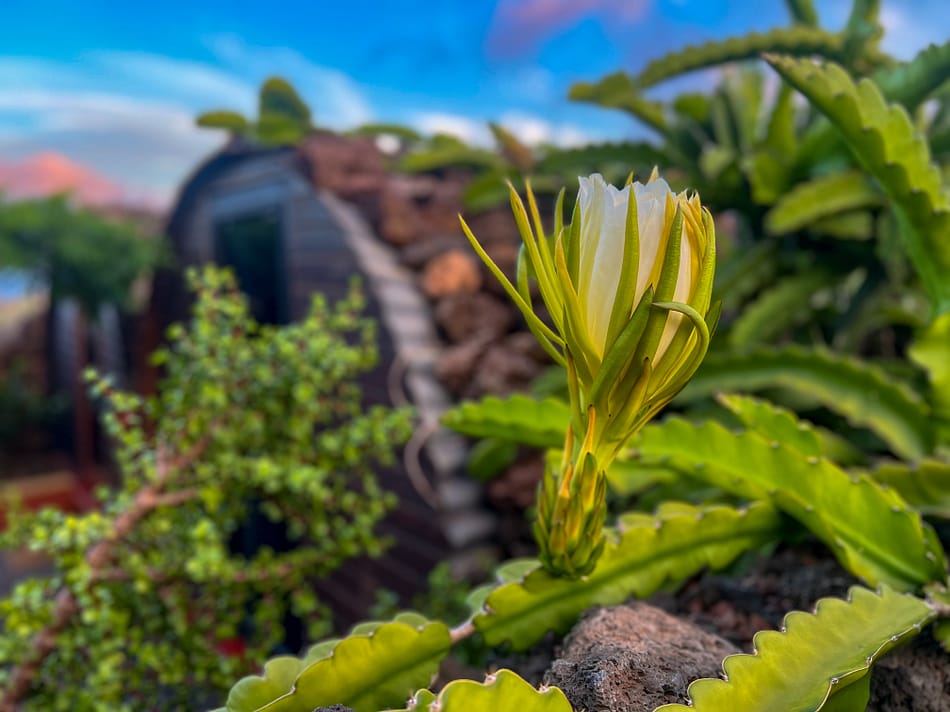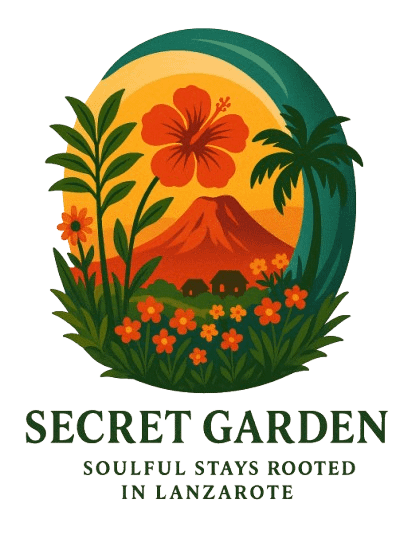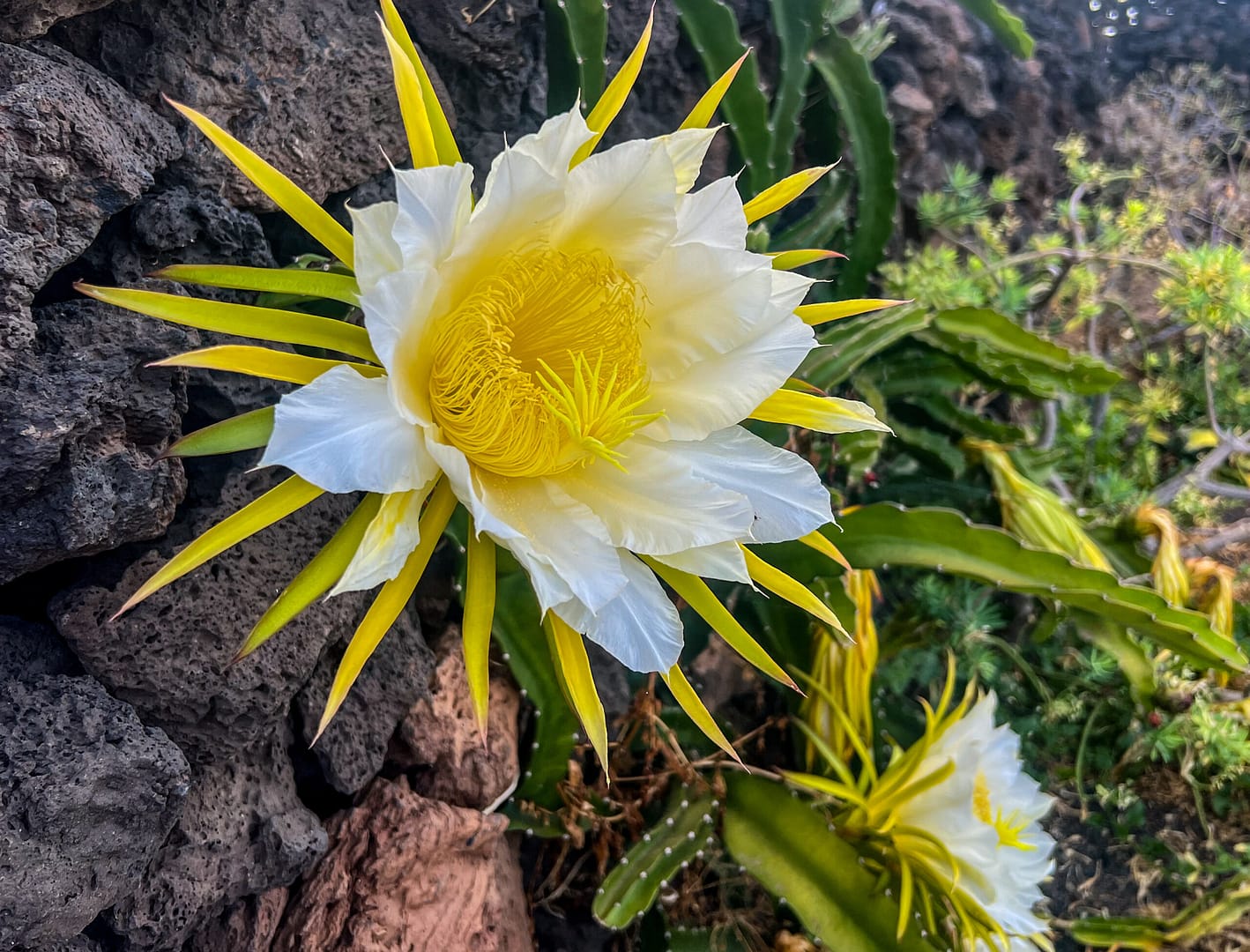Understanding Pitaya Beyond the Fruit
When most people think of dragon fruit, or pitaya, their minds jump straight to the vibrant pink fruit with its sweet, refreshing flavor. But my journey with pitaya at Secret Garden Lanzarote taught me that what makes this plant truly special isn’t the fruit itself—it’s the entire process behind it.
The Night Bloom: A Fleeting, Magical Moment
Pitaya flowers only open at night, usually for just one single evening. Around dusk, the large, white, trumpet-shaped flower slowly unfurls, filling the night air with a gentle fragrance. By morning, the flower wilts and closes, gone until next year.
This brief flowering is an evolutionary adaptation. The cactus blooms at night to protect its delicate flowers from harsh sunlight and conserve water in the arid environment it originally comes from—Central and South America. But more importantly, it blooms at night to attract specific nocturnal pollinators like bats and moths, which carry its pollen and enable fruit production.
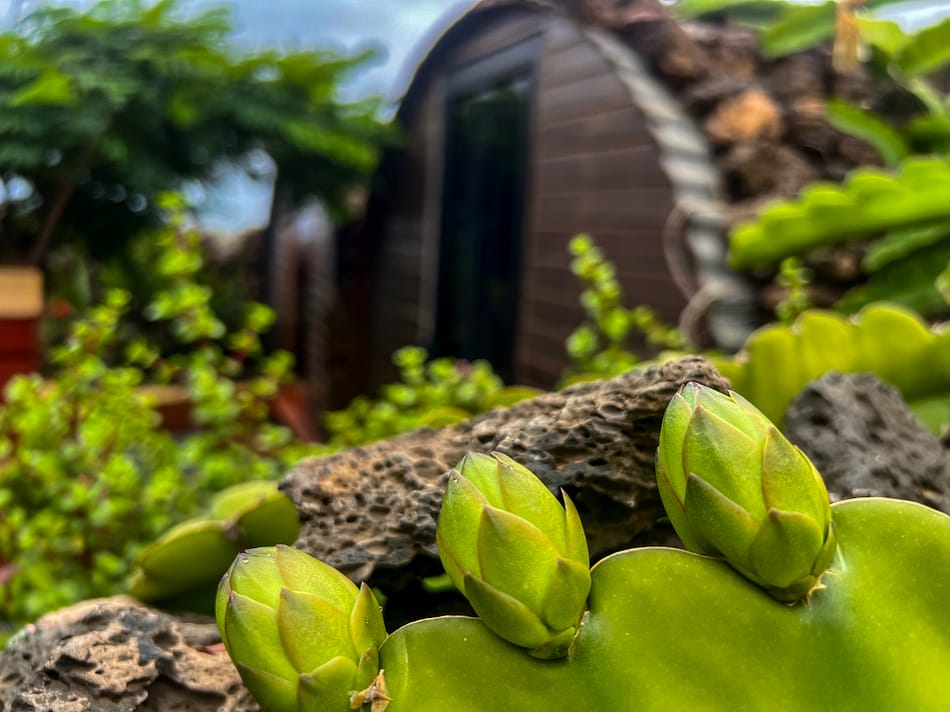
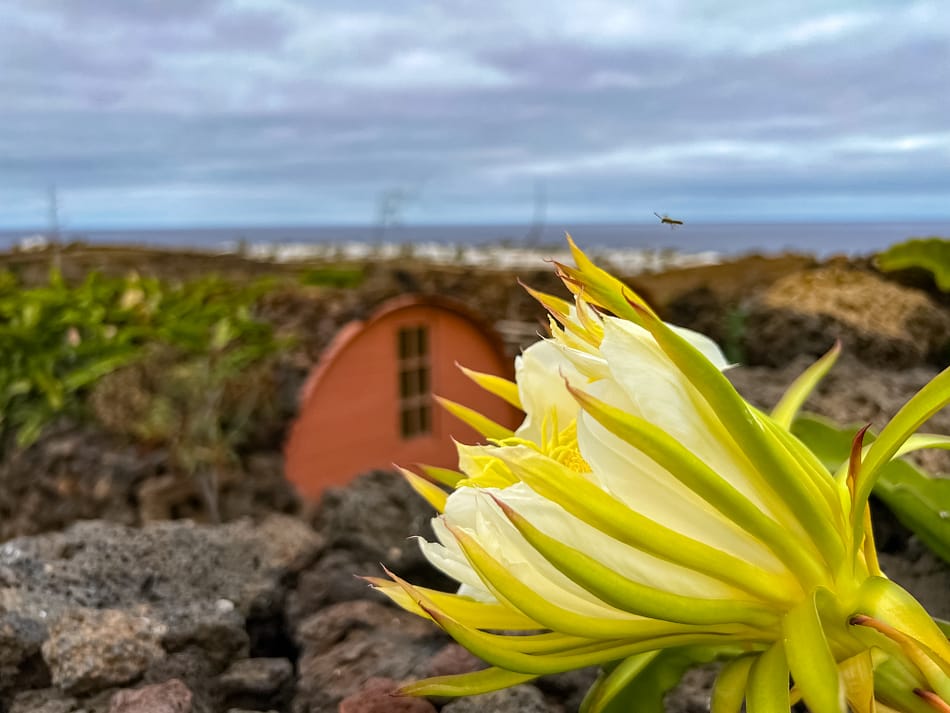
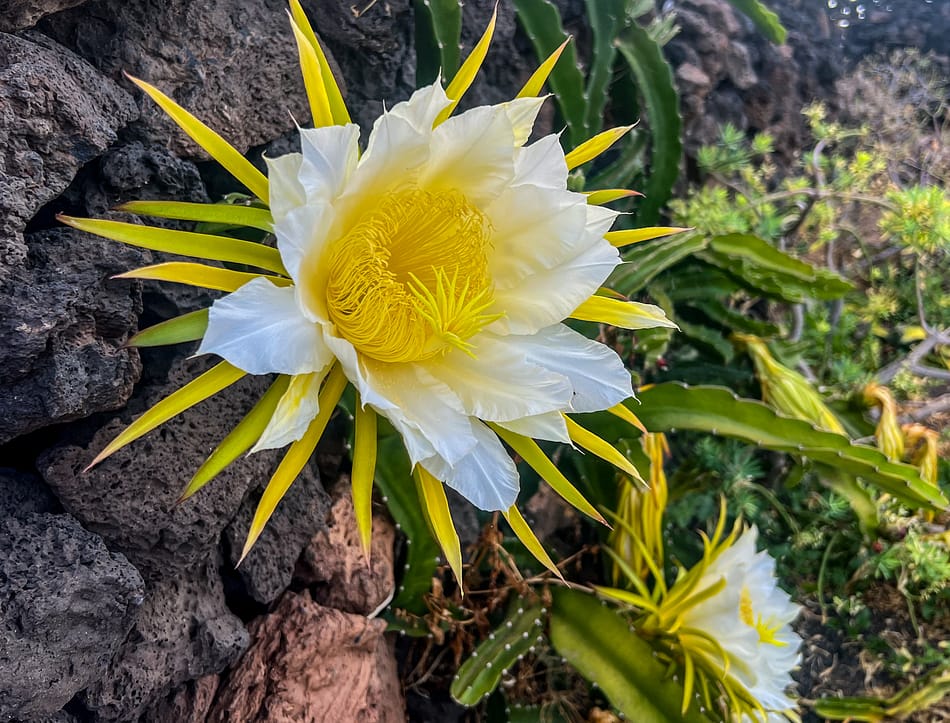
Pollination in a Place Without Bats
While Lanzarote is home to a few small insectivorous bats, it lacks the fruit bats that naturally pollinate pitaya in its native regions. This means that here, pollination is mostly carried out by moths, bees, or sometimes by hand, adapting the plant’s needs to the island’s unique environment.
These pollinators quietly transfer pollen from flower to flower during the night or narrow window just after dawn before the flower wilts, allowing the plant to produce fruit naturally. Having multiple pitaya plants nearby also helps, as most varieties are not self-fertile and require cross-pollination.
If you ever want to see this in action, try observing your plants around 9 or 10 PM—there might be moths softly visiting the flowers in the moonlight.
Patience, Presence, and Learning
Watching pitaya grow at Secret Garden Lanzarote has been a lesson in patience and curiosity. The flower’s one-night-only bloom demands attention and presence. It reminds me that beauty and growth often come in brief, unexpected moments.
Weeks after the flower fades, the bright pink fruit appears. But the joy isn’t just in tasting the fruit; it’s in witnessing the entire journey—from the fragile night bloom to the final harvest. It’s a reminder of nature’s delicate rhythms and the unseen teamwork between plants and pollinators.
Secret Garden Lanzarote: More Than a Garden
Our experience with pitaya perfectly captures the spirit of Secret Garden Lanzarote. It’s not just about cultivating plants—it’s about tuning into the environment, respecting the volcanic soil and climate, and celebrating the slow, beautiful process of growth.
Here, every leaf, flower, and fruit tells a story of resilience and connection. Our garden is a sanctuary for learning from the land and embracing the quiet moments that bring life forward.
If you’re curious about pitaya, or want to experience the peaceful magic of our garden for yourself, explore our listings. Here, falling in love with nature means appreciating everything—from the silent, mysterious night blooms to the fruits that follow.
